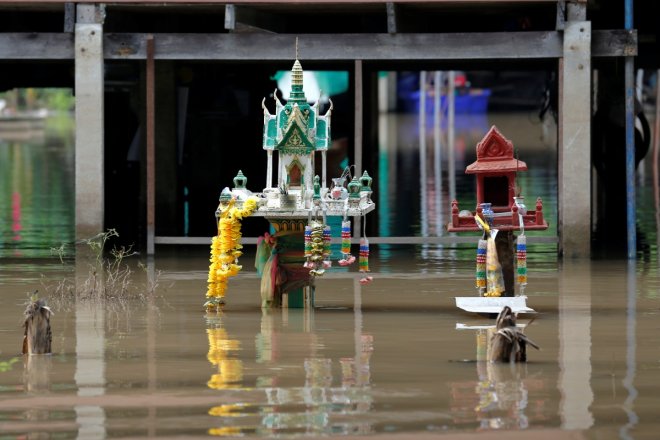
At least 14 people died in heavy flooding in Thailand that has badly affected nearly 12 southern holiday islands, authorities said on Tuesday. The floods will have a huge impact on tourism as the country heads into the December-January high season.
According to reports, a low pressure system brought heavy rainfall to parts of the south including the islands of Samui and Pha Ngan in the Gulf of Thailand. Train services to the lower region have been suspended after tracks were damaged by floodwater.
The southbound trains have also been halted in the town of Thung Song in Nakhon Si Thammarat province because of flooding. "There has been heavier rain than usual which has caused drainage problems," Nongyao Jirundom of the state Tourism Authority of Thailand on Samui island told Reuters. "Swimming is out of the question," he added.
The National Disaster Warning Centre said the reported 14 deaths people took place in different parts of south due to weather. According to Thomson Reuters data, Nakhon Si Thammarat has had 447 mm of precipitation in the past 7 days, 380 mm more than the average for this time of year.
The death of the long-reigning King Bhumibol Adulyadej on Oct. 13 had given a big jolt to the country and raised questions regarding tourist arrivals. The authorities said the country is open for business despite a year of mourning. Tourism in Thailand accounts for 10 percent of gross domestic product.
A huge number of tourists descend on palm fringed beaches during December to celebrate the Christmas and New Year holidays. This year the tourism ministry expects a record 32.4 million arrivals in the country.
In 2011, heavy floods killed more than 900 people and caused major disruption to the tourism industry. The flooding cut the economic growth of that year to just 0.1 percent.









